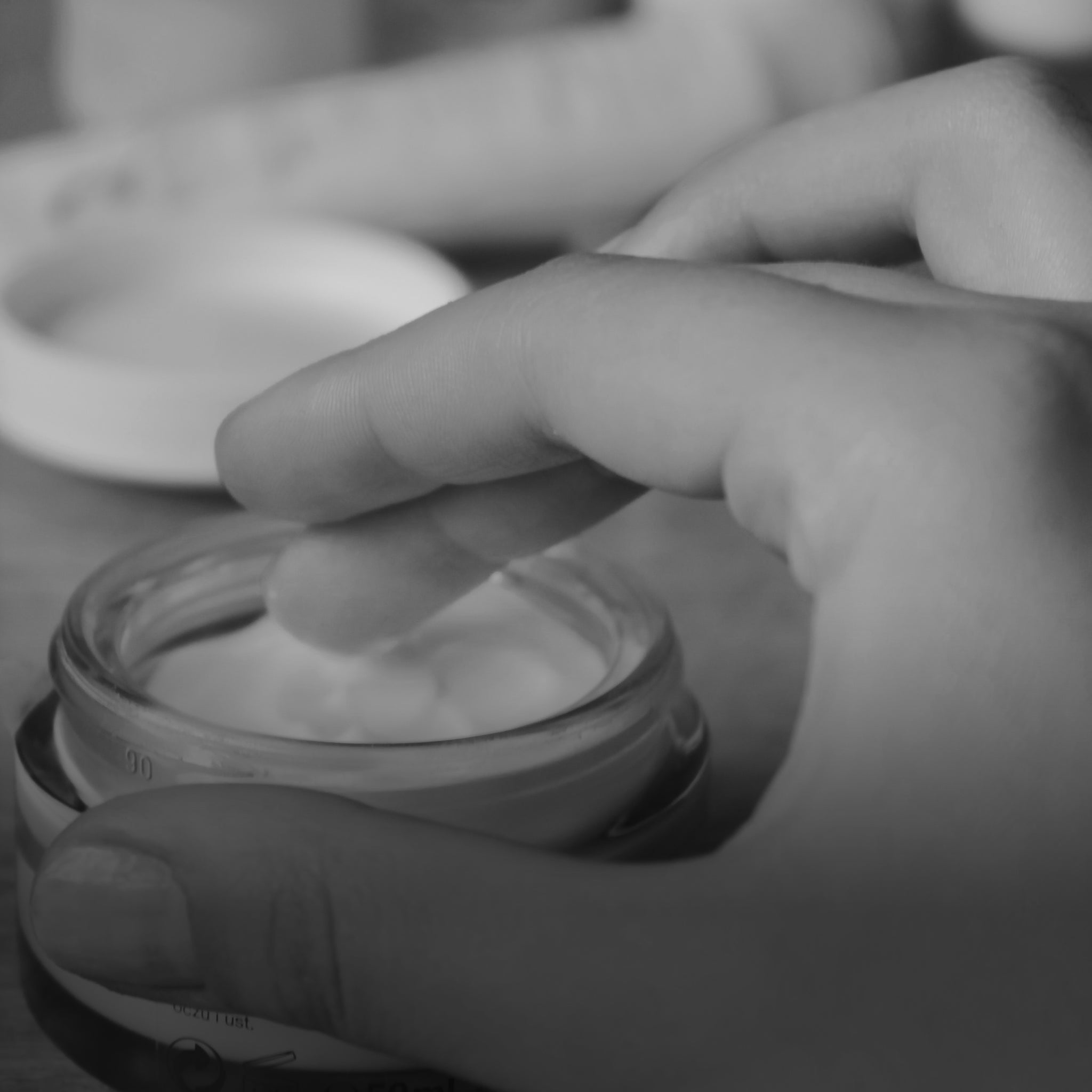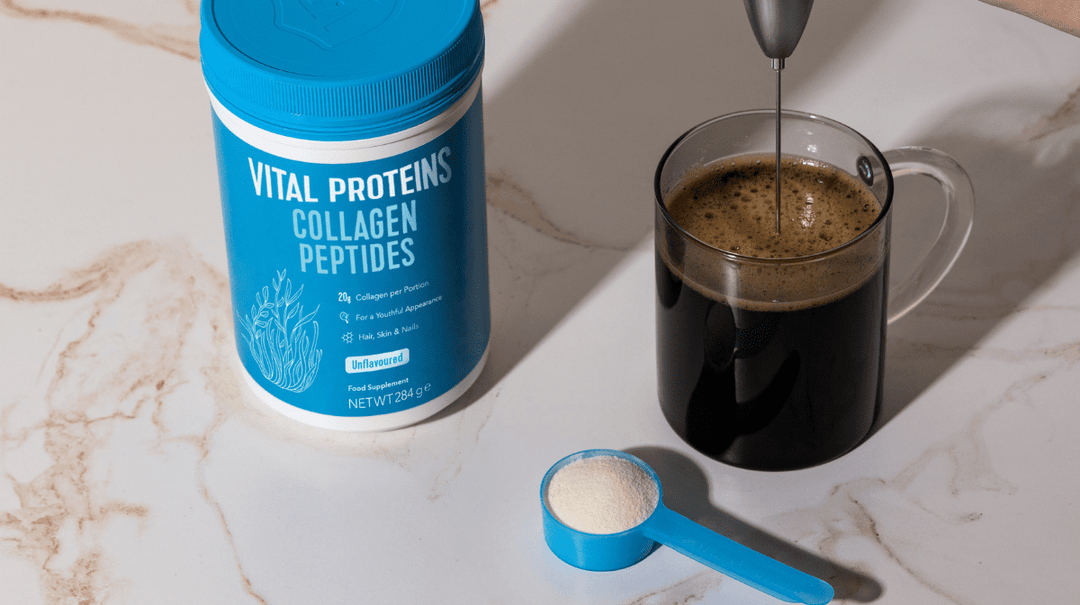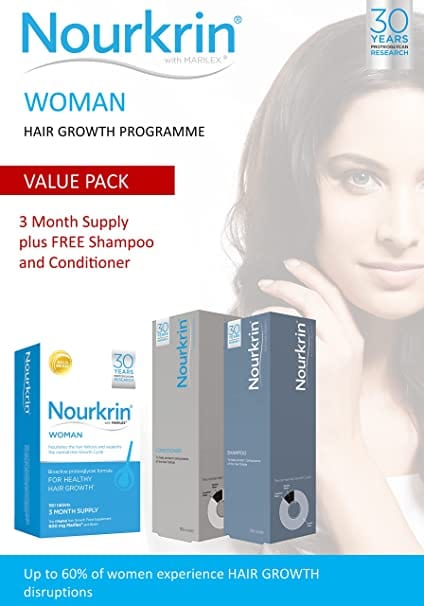Effective Skincare for Oily Skin
Oily skin can be a challenge—shiny T-zones, enlarged pores, and frequent breakouts are just a few of the hurdles. But with the right skincare routine and products, managing oily skin becomes much easier.
What Causes Oily Skin?
Oily skin happens when sebaceous glands produce too much sebum—a natural oil that keeps your skin hydrated. While sebum is essential, excess production can clog pores and lead to acne. Several factors influence oil production:
-
Genetics
-
Hormonal changes (especially during puberty, menstruation, or pregnancy)
-
Stress
-
Humidity and heat
-
Over-cleansing or using the wrong products

Oily Skin Concerns
-
Oily skin is prone to acne breakouts, blackheads, and whiteheads due to excess sebum production.
-
Large pores and visible pores are common concerns for oily skin types.
-
Excess oil can lead to greasy skin, making it challenging to manage.
-
Oily skin can be sensitive, and using the wrong products can make it worse.
-
Skin cancer and sun damage are significant concerns for all skin types, including oily skin.
Skin Types and Characteristics
-
Oily skin type is characterized by excess sebum production, leading to a greasy appearance.
-
Combination skin can be oily in some areas and dry in others, making it challenging to manage.
-
Sensitive skin requires gentle, fragrance-free products to avoid irritation.
-
Dry skin can be a concern for oily skin types, especially if they use harsh products that strip the skin’s natural moisture.
-
Understanding your skin type is essential for choosing the right skincare products.
Key Ingredients for Skincare
-
Salicylic acid is a key ingredient for oily skin, helping to unclog pores and reduce acne breakouts.
-
Glycolic acid and lactic acid can help exfoliate the skin, removing dead skin cells and reducing visible pores.
-
Hyaluronic acid and vitamin C can help keep the skin hydrated and protected from sun damage.
-
Zinc oxide and titanium dioxide provide broad-spectrum sun protection, essential for all skin types.
-
Witch hazel can help reduce excess oil and tighten pores.
Face Wash and Cleansing
-
A gentle, non-comedogenic face wash is essential for oily skin, helping to remove excess oil without stripping the skin’s natural moisture.
-
Cleansing twice a day can help control excess oil and prevent breakouts.
-
Using a cleanser with salicylic acid or glycolic acid can help exfoliate the skin and unclog pores.
-
Avoid using hot water, which can strip the skin’s natural moisture, and instead use warm water for cleansing.
-
Pat dry the skin instead of rubbing it vigorously to avoid irritating the skin.
Moisturizing and Oil Control
-
Moisturizing is essential for oily skin, helping to keep the skin hydrated and balanced.
-
Look for oil-free, non-comedogenic moisturizers that won’t clog pores.
-
Using a moisturizer with hyaluronic acid can help keep the skin hydrated and plump.
-
Avoid using heavy, oil-based moisturizers that can exacerbate oily skin.
-
Apply moisturizer sparingly, focusing on areas that need it most.
Face Mask Benefits
-
Face masks can help remove excess oil and impurities from the skin.
-
Look for face masks containing clay or charcoal, which can help detoxify the skin.
-
Face masks with salicylic acid or glycolic acid can help exfoliate the skin and unclog pores.
-
Use a face mask once or twice a week to avoid over-drying the skin.
-
Choose a face mask suitable for your skin type and concerns.
Dark Circles and Puffiness
-
Dark circles and puffiness can be concerns for oily skin types, especially if they have sensitive skin.
-
Using an eye cream with caffeine or peptides can help reduce puffiness and dark circles.
-
Get enough sleep and stay hydrated to help reduce puffiness and dark circles.
-
Avoid rubbing your eyes, which can irritate the skin and make dark circles worse.
-
Use a cold compress or cucumber slices to help reduce puffiness.
Product Recommendations
-
Look for skincare products labeled “non-comedogenic” or “oil-free” to avoid clogging pores.
-
Choose products containing salicylic acid, glycolic acid, or lactic acid to help exfoliate the skin and unclog pores.
-
Consider using a broad-spectrum sunscreen with zinc oxide or titanium dioxide for daily sun protection.
-
Avoid using products with harsh ingredients, such as alcohol or fragrance, which can irritate the skin.
-
Read product reviews and consult with a dermatologist to find the best products for your skin type and concerns.
Skincare Routine Tips
-
Establish a consistent skincare routine to help control excess oil and prevent breakouts.
-
Cleanse your skin twice a day, once in the morning and once at night.
-
Exfoliate once or twice a week to help remove dead skin cells and unclog pores.
-
Apply moisturizer and sunscreen daily, even on cloudy days.
-
Be patient and give your skin time to adjust to new products and routines.
Common Skincare Mistakes
-
Over-washing or over-exfoliating can strip the skin’s natural moisture and lead to more oil production.
-
Using harsh products or ingredients can irritate the skin and make oily skin worse.
-
Not removing makeup properly can clog pores and lead to breakouts.
-
Not wearing sunscreen daily can lead to sun damage and skin cancer.
-
Not staying hydrated can lead to dry, dull skin.
Skincare Goals and Expectations
-
Set realistic skincare goals, such as reducing acne breakouts or minimizing pores.
-
Be patient and give your skin time to adjust to new products and routines.
-
Consult with a dermatologist to determine the best course of treatment for your skin concerns.
-
Keep track of your progress and adjust your skincare routine as needed.
-
Celebrate small victories and don’t get discouraged by setbacks.
Why Oily Skin Worse
1. Over-cleansing or Using Harsh Products
Washing your face too often or using strong, drying products can strip your skin’s natural moisture. This triggers your sebaceous glands to produce more oil as compensation.
What to do:
Use a gentle cleanser twice a day. Avoid alcohol-based toners and harsh exfoliants.
2. Skipping Moisturiser
Many people with oily skin think they don’t need moisturiser—but this can actually make things worse.
What to do:
Use a lightweight, oil-free moisturiser to keep your skin hydrated without clogging pores.
3. Hormonal Imbalance
Fluctuations in hormones (due to stress, puberty, menstrual cycle, or certain medications) can increase oil production.
What to do:
Talk to a dermatologist or doctor if hormonal acne or excessive oiliness is persistent.
4. Wrong Skincare Products
Using products not suited for oily skin—like thick creams or pore-clogging makeup—can increase shine and breakouts.
What to do:
Choose non-comedogenic, oil-free, and mattifying products.
5. Poor Diet or Dehydration
High-sugar, high-dairy diets can trigger excess sebum in some people. Not drinking enough water can also confuse your skin into producing more oil.
What to do:
Eat a balanced diet rich in fruits, vegetables, and healthy fats. Stay hydrated!
What Does “Oil-Free” Mean in Skincare?
When a product is labelled "oil-free", it means it does not contain any added oils—whether mineral oil, plant oils, or synthetic oils. These products are specifically formulated to help:
-
Reduce shine
-
Prevent clogged pores
-
Minimise breakouts
-
Feel lightweight on the skin
Benefits of Oil-Free Products (Especially for Oily or Acne-Prone Skin)
-
Non-comedogenic: Less likely to block pores
-
Matte finish: Helps control shine throughout the day
-
Lightweight texture: Often gel-based, absorbs quickly
-
Less greasy feel: Ideal for hot or humid climates
What Is Combination Skin?
Combination skin is a common skin type where you experience both oily and dry or normal areas on your face at the same time. Usually, the T-zone (forehead, nose, and chin) is oily, while the cheeks or jawline are normal to dry.
Key Signs of Combination Skin
-
Oily T-zone (shiny forehead, nose, and chin)
-
Dry or flaky cheeks
-
Enlarged pores in the centre of the face
-
Occasional breakouts in the oily areas
-
Uneven texture or makeup that separates in different areas
Best Ingredients for Combination Skin
-
Niacinamide – balances oil production and calms redness
-
Hyaluronic acid – hydrates without heaviness
-
Salicylic acid – keeps pores clear in oily areas
-
Green tea extract – soothes and protects
What Is Dry Skin?
Dry skin is a skin type that produces less natural oil (sebum) than normal skin. This lack of oil means it can’t retain moisture as well, leading to a rough, flaky, or tight feeling.
Key Signs of Dry Skin
-
Flaky or scaly texture
-
Tightness, especially after cleansing
-
Dull complexion
-
Redness or irritation
-
Fine lines may be more visible due to lack of moisture
Skincare Tips for Dry Skin
To manage dry skin, your routine should focus on hydration, nourishment, and barrier support.
1. Use a Creamy, Non-Stripping Cleanser
Choose a gentle, hydrating cleanser that won’t strip away natural oils (e.g. CeraVe Hydrating Cleanser).
2. Layer Hydration
Apply a water-based serum with hyaluronic acid followed by a rich moisturiser with ceramides or shea butter.
3. Seal with Oils (if needed)
Natural oils like jojoba or rosehip oil can help lock in moisture, especially in winter or dry climates.
4. Avoid Harsh Exfoliants
Use a gentle exfoliant like lactic acid once or twice a week to remove dry patches without damaging the skin barrier.
5. Use SPF Daily
Even dry skin needs sun protection. Look for hydrating sunscreens with ingredients like glycerin or squalane.
Final Thoughts
Oily skin doesn’t have to mean problem skin. By choosing the right skincare products and sticking to a balanced routine, you can control shine, prevent breakouts, and maintain a healthy, glowing complexion. Remember, consistency is key—and your skin will thank you for it.
-
Effective skincare for oily skin requires a consistent routine, gentle products, and patience.
-
Remember to stay hydrated, wear sunscreen daily, and avoid harsh products or ingredients.
-
Consult with a dermatologist to determine the best course of treatment for your skin concerns.
-
Keep learning and adjusting your skincare routine as your skin changes and evolves.
-
Take care of your skin, and it will take care of you.
FAQs
1. Should I moisturise if I have oily skin?
Yes! Oily skin still needs hydration. Skipping moisturiser can actually make your skin produce more oil to compensate. Choose a lightweight, oil-free, and non-comedogenic moisturiser.
2. How often should I wash my face if I have oily skin?
Twice a day—morning and night—is ideal. Over-washing can strip your skin of its natural oils, causing it to overproduce sebum and become even oilier.
3. What ingredients are best for controlling oily skin?
Look for ingredients like salicylic acid, niacinamide, zinc, clay, and tea tree oil. These help to regulate oil production, unclog pores, and calm inflammation.
4. Can oily skin be sensitive too?
Absolutely. Oily skin can still be prone to irritation or redness, especially if harsh products are used. Always patch-test new products and avoid alcohol-heavy or heavily fragranced formulas.
5. Is sunscreen necessary for oily skin?
Yes, daily sunscreen is crucial. Choose a matte finish, non-comedogenic SPF specifically formulated for oily or acne-prone skin to avoid shine or clogged pores.

















